Daylight saving time is every parent’s worst nightmare. You work so hard to get your baby on a solid sleep schedule all while going to battle against teething, illness and sleep regressions. The very last thing you need is for there to be one more reason why your baby’s schedule is totally thrown off.
Ugh!
So let’s talk about how to make the best of the fall back daylight saving time change for your baby’s sleep. There are two different ways you can shift your baby’s schedule to adjust to the new time change, and I have a few other tips and tricks to help you and your family optimize your sleep.
What does fall back daylight saving mean for my baby?
How to shift your baby’s sleep to the new daylight saving time change
Other helpful tips to survive fall back daylight saving
Let’s dive in!
What does fall back daylight saving mean for my baby’s sleep?
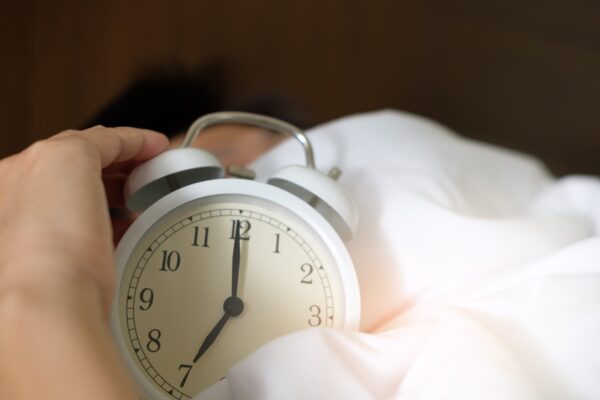
As I’m sure you know, the fall time change means that in the very early hours of one not-so-fun Sunday morning, the clocks are turned back. Resulting in everyone “gaining” an hour that day and parents losing a piece of their happiness, in the process.
Even though you would love to use this extra hour to sleep in, this extra hour means absolutely nothing to your baby. They genuinely could not care less, which is why they still wake up Sunday morning at their usual time, which is now one hour EARLIER than you are used to.
My goal is to help you choose an approach to getting your baby back on track with their sleep, and mitigating the effects of the time change, as much as possible.
How to shift your baby’s sleep to the new daylight saving time change
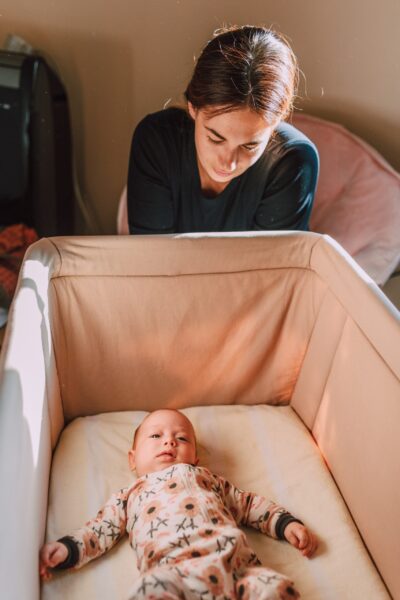
I have two different options for how you can get your baby’s sleep schedule to shift to the new fall daylight saving time.
Option 1 is your quick and dirty, just get it done solution. It’s also the “I left things to the last minute and now this is really my only option” option. No judgement here!
Option 2 requires some planning ahead and starts on the Wednesday before fall daylight saving. It’s a great option if you want a nice and gradual approach where you are adjusting your baby’s schedule over the course of 4 days.
Here is everything you need to know about both options so you can choose the one that best suits you and your baby. (Unless you really did leave this to the last minute, in which case, you only need to read option 1.)
Option 1: Quick and Dirty
On the Saturday night before fall daylight saving, put your baby to bed one hour later than you usually would. So if they normally go to bed at 7pm, keep them up until 8pm. The hope here is that they will sleep in one hour later than normal. However, if I’m being totally transparent here, this doesn’t always work. Putting your baby to bed late can cause overtiredness which can result in an early morning wake up (quite the opposite of what we are going for here!).
So if this plan doesn’t pan out like we hope it will, and your little one doesn’t sleep in an hour later, don’t panic! I have a few tips and tricks:
If you have an older baby or toddler, just allow them to chill out in their crib (depending on their level of protest, of course!) until the time they usually wake up. So if they usually wake up at 7am, you are keeping them in their room until the new 7am time (which will feel like 8am to them). If they are older than 12 months, you can have a few books available in or beside the crib so they have something to do, and an “ok to wake” clock can be super helpful to let your toddler know when it’s time to get up.
If you have a younger baby, you can feed them and put them right back to bed until the desired wake-up time.
For naps during the day, I recommend splitting the difference of the extra hour that was gained. So put your baby down for their nap(s) 30 min earlier than the new time. For example, if their normal nap is at 9am, put them down at 8:30am, which will feel like 9:30am.
For Sunday night bedtime, aim to try and do bedtime at the new time.
Here is a sample schedule of this example:
| Saturday (old time) | Sunday (new time) | |
| Wake | 7 am | 6 am (Try and keep them in the crib until 7am) |
| Nap 1 | 9 am | 8:30 am |
| Nap 2 | 2 pm | 1:30 pm |
| Bedtime | 8 pm (usually go to bed at 7pm) | 8 pm |
Option 2: Gradual approach
For some babies, having a more gradual approach to adjusting to the time change works better. If this sounds like your baby, start the transition on Wednesday. You will shift their schedule by 15 minutes, per day, for four days.
On Wednesday, put your baby to bed 15 min later than usual. The hope is that they will wake up 15 minutes later than normal the next morning. On Thursday, shift all their nap times by 15 minutes and add an additional 15 min to their bedtime (so they are now going to bed 30 min later than usual). Do the same thing for Friday and Saturday, so by Saturday night you are putting your baby to bed a full hour later than their usual bedtime.
Here is a sample schedule of this example:
| Wednesday | Thursday | Friday | Saturday | Sunday (new time) | |
| Wake | 7am | 7:15am | 7:30am | 7:45am | 7am (but feels like 8am) |
| Nap 1 | 9am | 9:15am | 9:30am | 9:45am | 9am |
| Nap 2 | 2pm | 2:15pm | 2:30pm | 2:45pm | 2pm |
| Bedtime | 7:15pm (usually 7pm) | 7:30pm | 7:45pm | 8:00pm | 7pm |
If this shifting works, your little one shouldn’t wake up until the new 7am time on Sunday morning as you have been shifting their schedule all week so by Sunday they will get their full 12 hours of night sleep but be waking up at the new 7am.
Remember, these schedules are just examples and based on the average sleep needs of babies on two naps. Even if your little one usually only gets 10 hours of nighttime sleep, these examples will still work, just change the times.
Other helpful tips to survive fall back daylight saving with a baby

Now I’m going to share a few other things you can do to help everyone in your family survive the daylight saving time change.
Ok to wake clock
As I mentioned above, an “ok to wake” clock can be a super helpful tool for our older babies and toddlers. It is meant to help teach your little one that it is not time to get up until the light turns on. You can use this for naps as well as those early morning wakings. It can take a few days for them to start to understand that when they wake up and see that the light is not on yet, it’s not time to get up and they will often go back to sleep.
During this learning process, some babies just chill happily in the crib until the light comes on (and over time start going back to sleep) and for others there may be some protesting during this learning, so tune into your mom gut and respond in a way that you think is best.
Side note: when it actually IS time to get up, make a big deal about it being morning and that they waited (or slept) until the light came on. This positive reinforcement can really help the process!
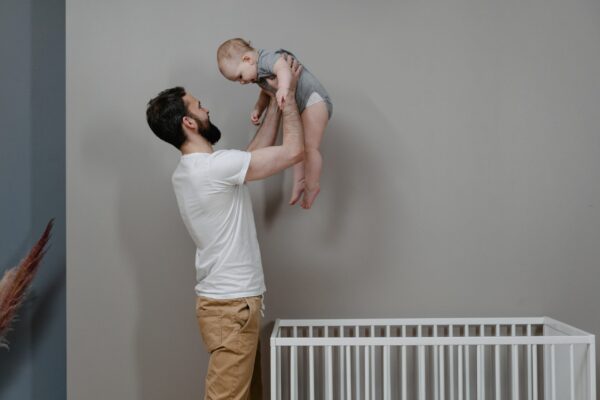
Melatonin
If you are doing the quick and dirty approach, it can be helpful to give your child (if they are over the age of 2 years) a children’s dose of melatonin before bed on Saturday. Of course, I always recommend speaking with your pediatrician first, to make sure they agree this is a good choice for your child. Remember, a children’s dose of melatonin is about one third of a milligram. My favorite brand is Tired Teddies as my kids love the flavor and it’s already perfectly dosed.
Black out curtains
I mean, it’s always important to keep your baby’s room dark to help create an optimal sleep environment, however this is going to be especially true while you are trying to get your little one to essentially sleep in an hour later than usual. We don’t want any morning light sneaking in and signaling to your baby that it’s time to get up, before it actually is!
Protect your sleep
Let’s be real. It is so much more difficult to deal with overtired kiddos when we ourselves are tired and grumpy. If there is ever a time to go to bed early and prioritize your own sleep, it is the night before daylight saving time. It may seem like you’re actually going to gain an hour and potentially “sleep in”, however it’s innocent naivety like this that will come back and bite you! I promise, it’s not worth the risk, and Sunday will be MUCH easier to manage if you are well-rested. I say this from a place of love and support… and personal experience.
Maintain your routine
One of the best things you can do when your little one’s sleep has been thrown off is to maintain your usual routine. This means having a low-key Sunday where your baby isn’t going to run the risk of becoming overstimulated or have anything negatively impact their willingness or ability to easily go to sleep. Time changes are difficult enough to adjust to on their own, we don’t want to add in any additional factors that could throw them off even more.
So reschedule that brunch that was going to push into nap time, and rethink the morning trip to the zoo. You and your baby will both be glad that you had a chill day and prioritized getting back on a normal sleep schedule.
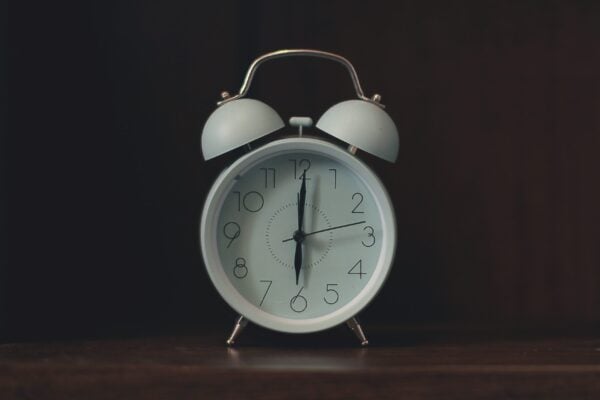
Recap on how to manage fall back daylight saving and your baby’s sleep
Yes, we should unite and sign a petition to abolish daylight saving time, however, in the meantime, I hope you found this post helpful and are prepared to handle this year’s fall back daylight saving time with confidence and as much sleep as possible!
As always, please reach out for additional support! Every baby and every situation is different, which is why it can be super helpful to hop on the phone with one of our amazing sleep consultants so they can help you tune into what YOUR baby needs!
PS- If you’re looking for a FREE newborn sleep guide & email series, sign up here!

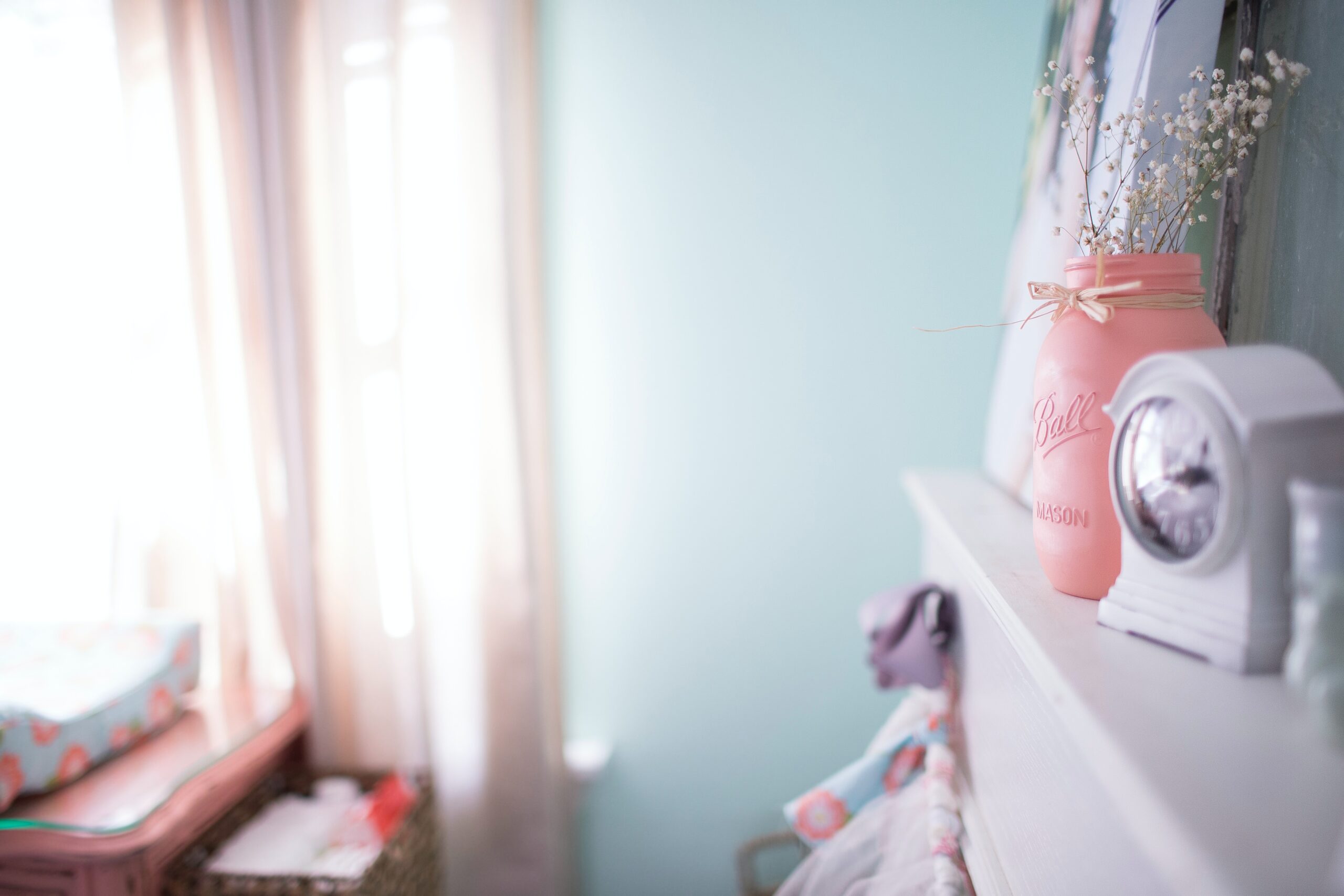
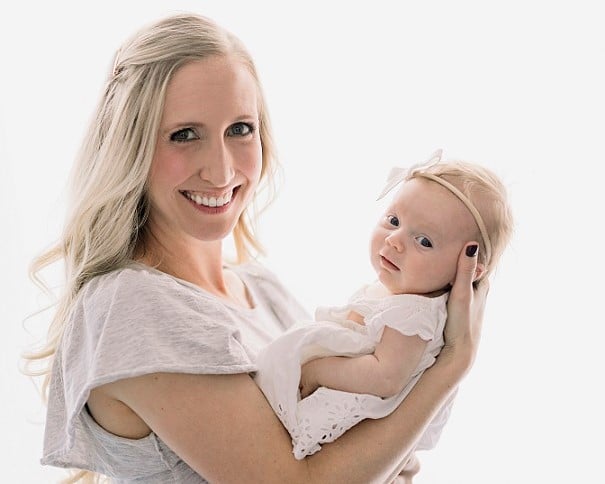
0 Comments